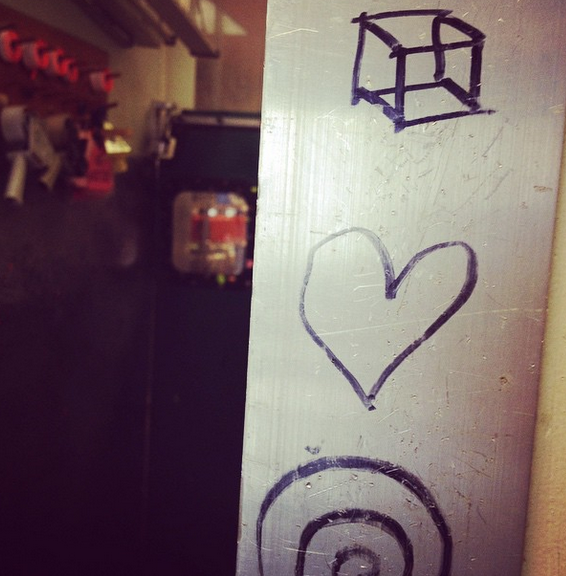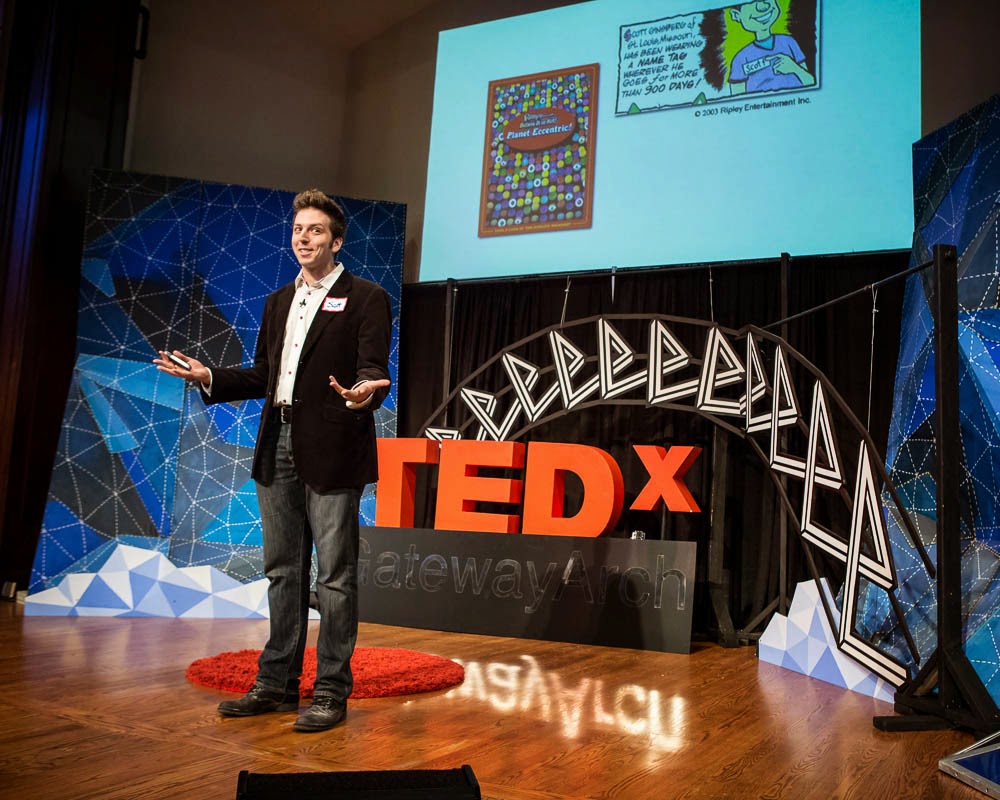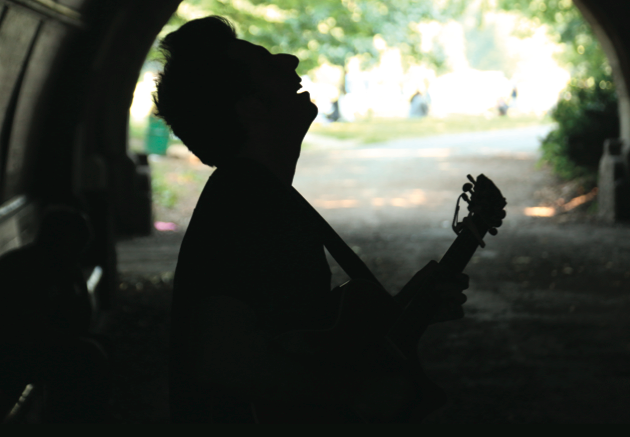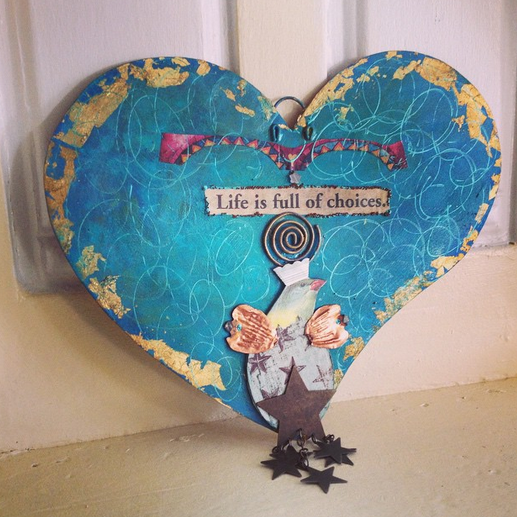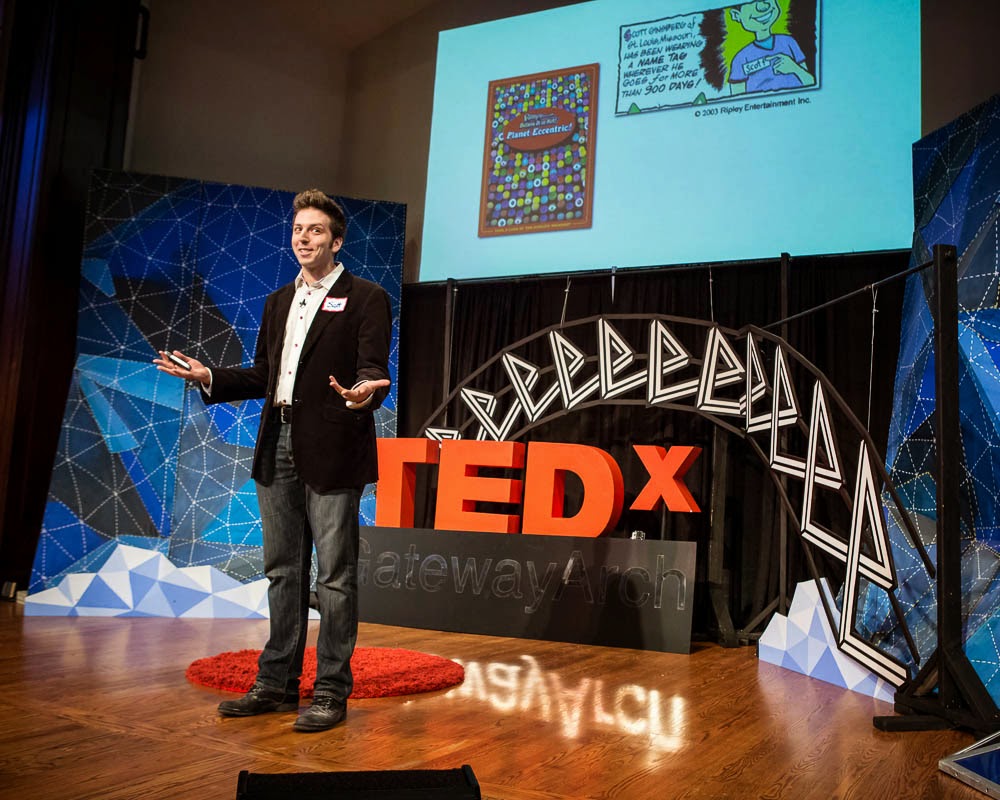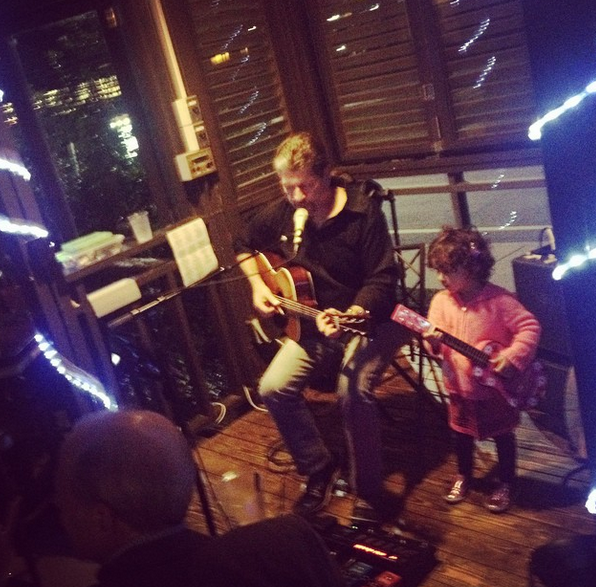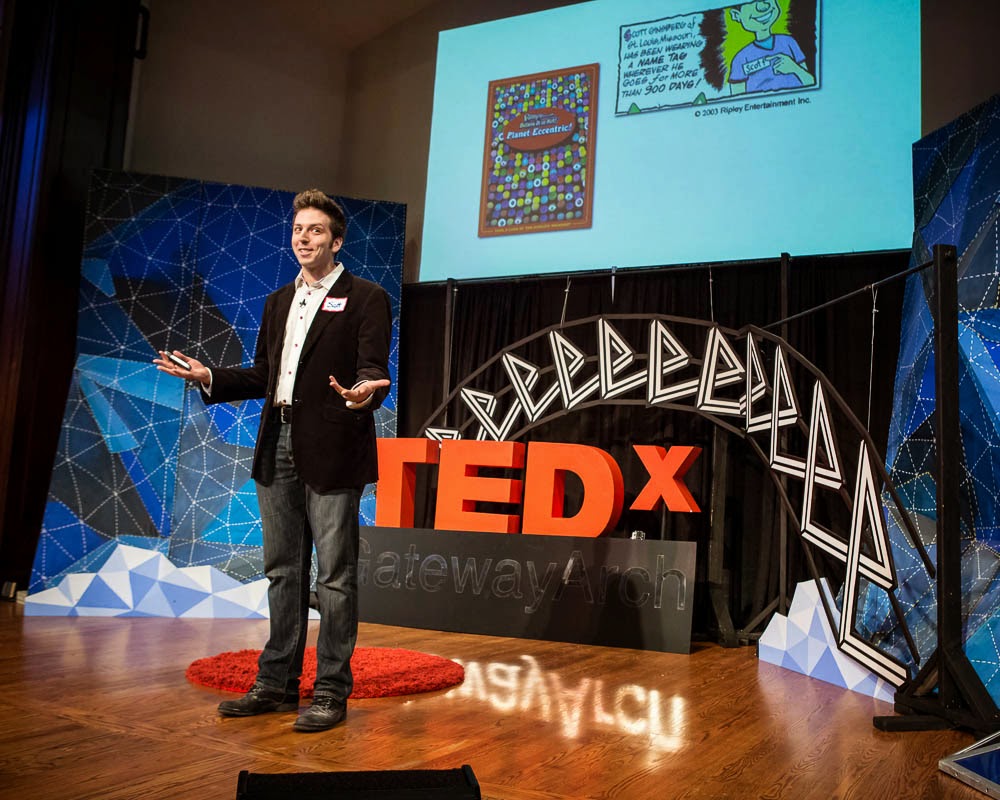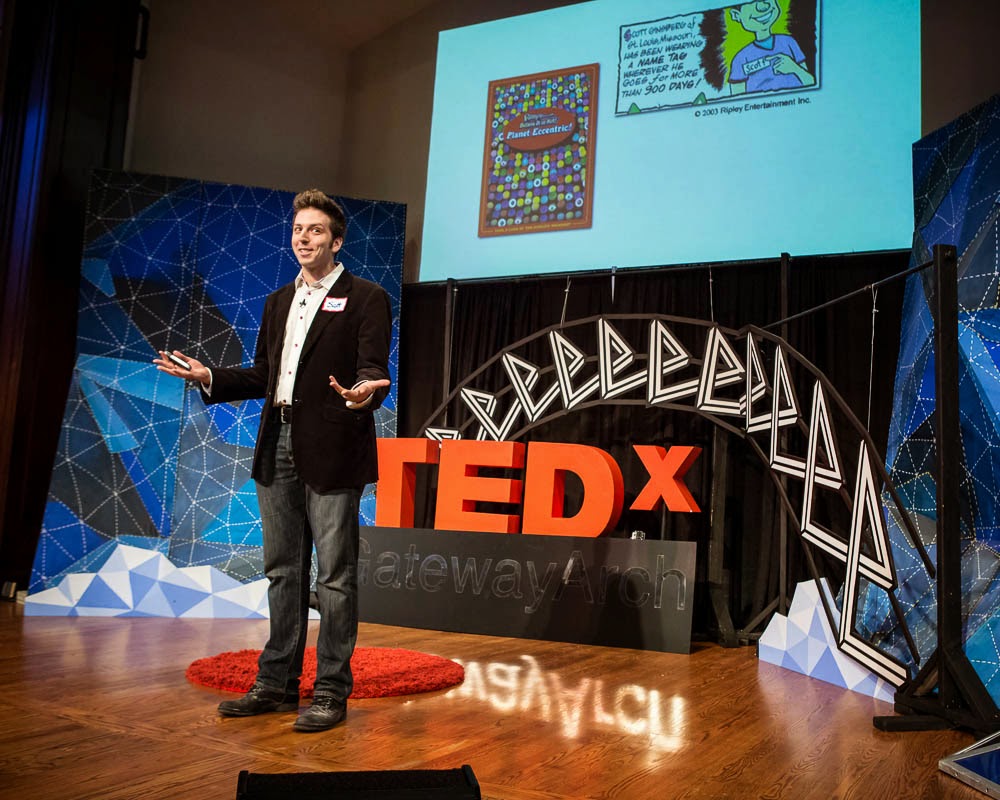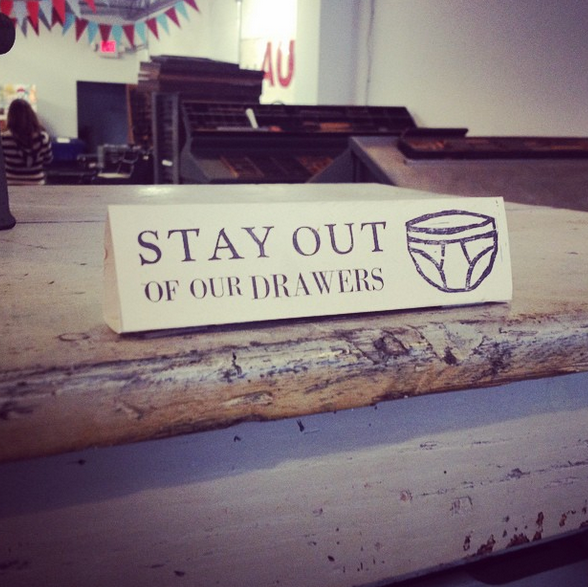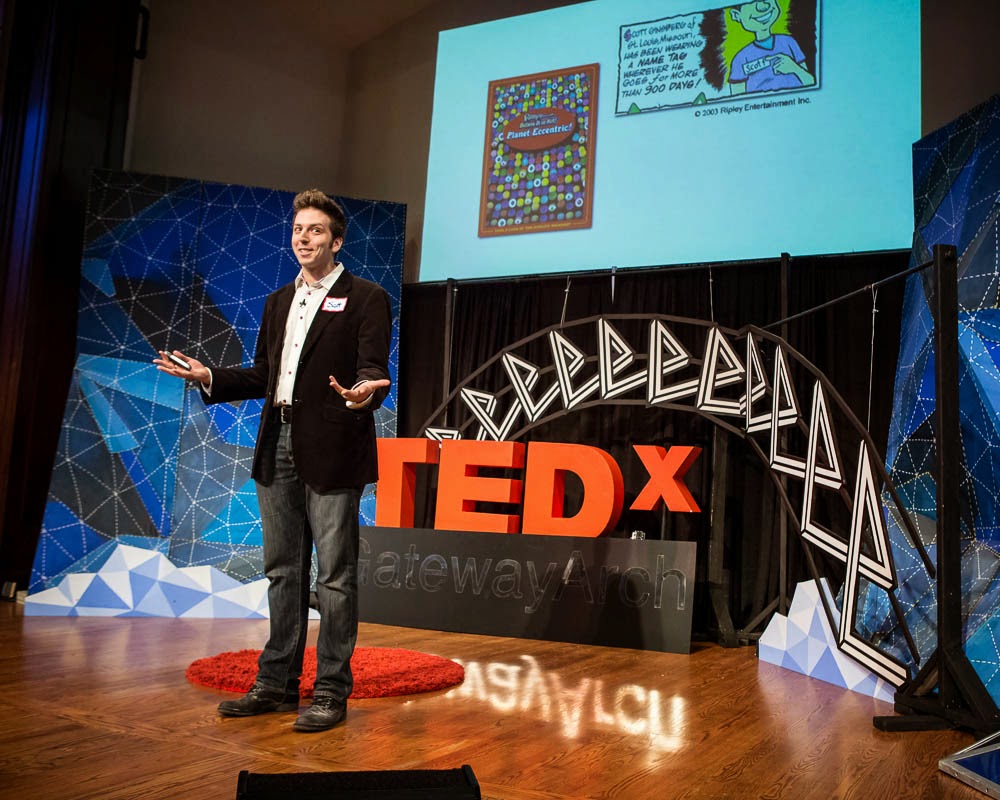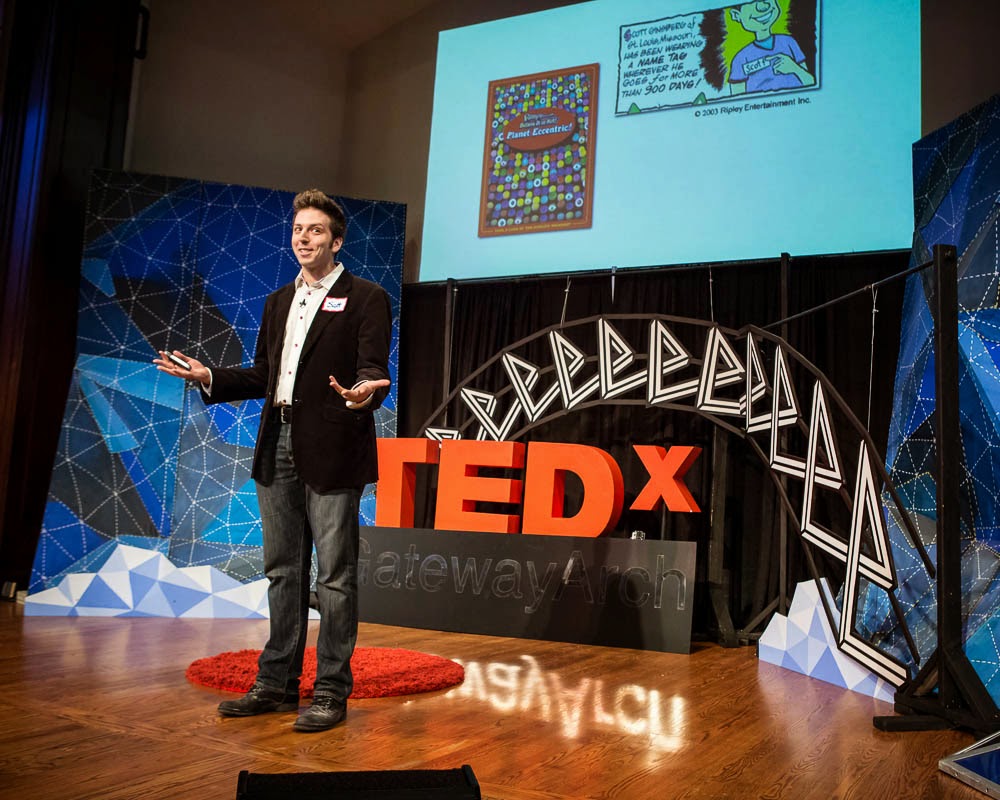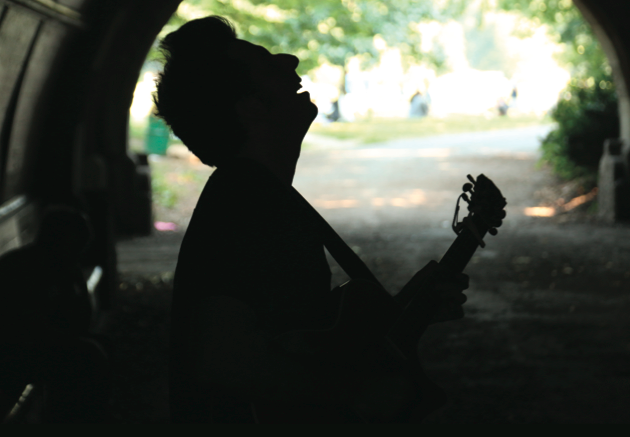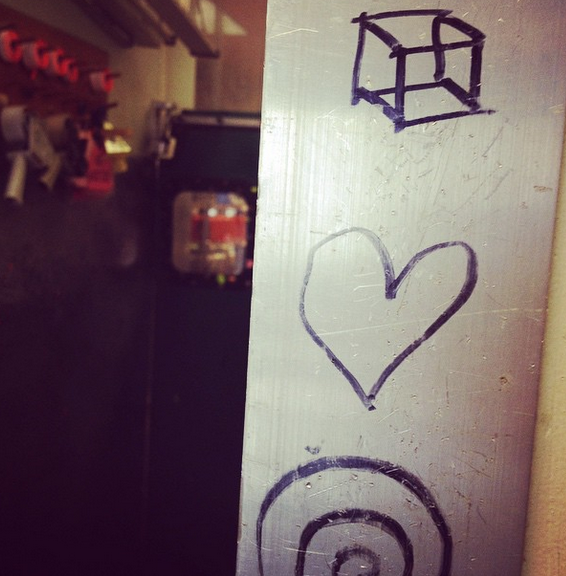
All creativity begins with the moment of conception.
That little piece of kindling that gets the fire going. That initial source of inspiration that takes on a life of its own. That single note from which the entire symphony grows. That single spark of life that signals an idea’s movement value, almost screaming to us, something wants to be built here.
And so, in this blog series, I’m going to be deconstructing my favorite moments of conception from popular movies. Each post will contain a video clip from a different film, along with a series of lessons we can learn from the characters.
Today’s clip comes from the classroom scene in Searching for Bobby Fisher:
What can we learn?
Generosity is the tax you pay for talent.Happiness comes from freedom, and freedom comes from
finding a home for all of your talents. Josh had that kind of freedom. He was better at chess than anyone has ever been at anything in their
lives. That’s not a game, that’s a gift. That’s art. And so, imagine a world where you were firing on all
cylinders. Keeping all of your passions in play. Drawing out your full ingenuity. Making use of
everything you are. Leaving no faculty untapped, and leaving no asset
unharvested. That’s happiness. Because with every new talent you give yourself permission
to exploit, you open a new vein of freedom that didn’t exist previously. It’s
simply a matter of permission. Allowing yourself to give your hidden gifts a more prominent place in your
life. I spent twenty years writing and singing music before I had the guts to
share my songs with the public. The material was just too personal. Too bloody.
To precious to be subjected to the cruel ear of the world. But then I had an
epiphany.Generosity is the tax you pay for talent. If you’ve been given a gift, something special that
allows you deliver value that nobody has ever delivered before, you have an
obligation to share it. To regift it so it brings joy to others. Anything less
is an act of ingratitude. And so, I finally gave myself
permission to share my songs publicly. And when I did, everything shifted. My
relationship to the music, my context in the world, my identity as an artist,
my leverage in the marketplace and my connection with the audience.What strength, skill or gift do you wish to
use more fully?
Apply the training you already have. Josh first
learned how to play chess from watching street virtuosos in the park. And with
their guidance and encouragement, he quickly became one of the greatest
champions in the history of the game. Then, after fifteen years of mastering
chess, he moved away from the board and transitioned into the study of martial
arts. He became a beginner again, but by
taking the training he already had and applied it, he became a champion at yet
another game. Next, he started deconstructing what he’d been doing rather
intuitively and abstractly so it could be replicated more exactly and
practically. And the result was a best selling book about the art of learning.
But what’s most interesting about his career trajectory is where he landed.
Josh now runs an educational foundation dedicated to an individualized approach
to learning, where he consults internationally on the subjects of performance
psychology, the learning process and creativity. That’s perhaps his greatest
art of all. Josh created something new out of intermingling his interests. He used the hard core formative
time to lay groundwork for the years to follow. And that foundation now enables
him to make a massive, meaningful contribution to people’s lives––not because
of chess and martial arts, but because of the person hebecamewhile mastering chess and martial arts.In which discipline have you already built a lifetime of foundational
development?
The shortcut to motivation. The chief struggle for any creator is that of
motivation. Physically dragging their bones out of bed and making new things,
every day. And while there are countless tools and tactics and tricks for
disciplining yourself and overcoming procrastination, frankly, it’s just too
much work. And too much time. In fact, some of those strategies can actually
become counterproductive. Because we spend too much of our psychic energy
trying to overcome procrastination that we don’t have any juice left for the
actual creation. Then challenge, then, is finding the central lever that
galvanizes the whole creative machine. The catchall that can be trusted to
obfuscate procrastination. What is it?Passion.
Enthusiasm. Irrational exuberance. To quote my favoritesongof all time, it was a love so big that it filled his heart,
and when it swelled and finally burst apart, the love spilled out they call it
art. That’s passion. That’s motivation. And if you ask any artist who’s deeply
passionate about a particular creative project, motivation isn’t an issue. Ever.
Because it’s a million times easier to focus on the path when passion is
embedded into the pavement. When what you do is a
vehicle for living what is important to you.How can you unify your work with our sense of life?
What did you learn?
* * * *
Scott Ginsberg
That Guy with the Nametag
Author. Speaker. Strategist. Filmmaker. Publisher. Songwriter.
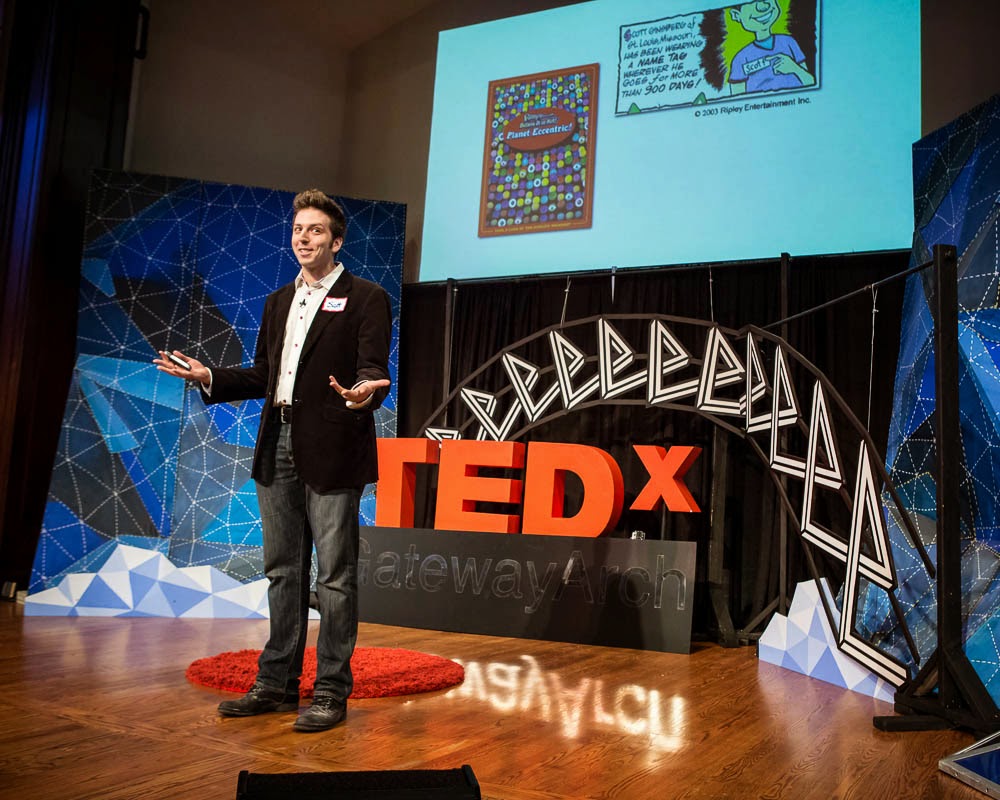
Never the same speech twice. Customized for your audience. Impossible to walk away uninspired.
Now booking for 2014-2015.
Email to inquire about fees and availability. Watch clips of The Nametag Guy in action here!

